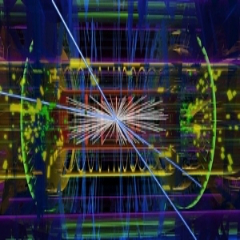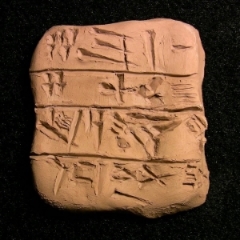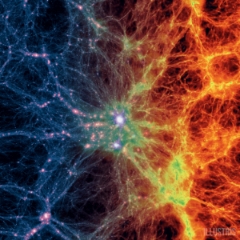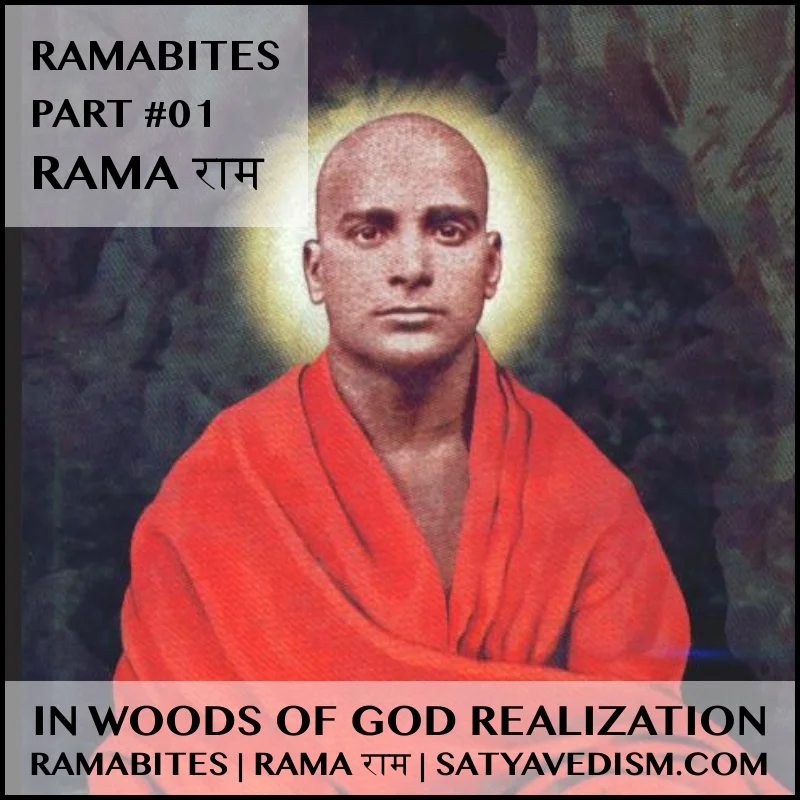EVOLUTIONARY DYNAMICS OF LANGUAGE SYSTEMS
| | homeEVOLUTIONARY DYNAMICS OF LANGUAGE SYSTEMS | INTRODUCTION
PHYS.ORG | SOCIAL SCIENCES | 10.02.2017
|| THE " MYTH " OF LANGUAGE HISTORY : LANGUAGES DO NOT SHARE A SINGLE HISTORY ||
The " myth " of language history : languages do not share a single history but different components evolve along different trajectories and at different rates .
A large-scale study of Pacific languages reveals that forces driving grammatical change are different to those driving lexical change . Grammar changes more rapidly and is especially influenced by contact with unrelated languages , while words are more resistant to change .
An international team of researchers , led by scientists at Max Planck Institute MPI-SHH , have discovered that a language's grammatical structures change more quickly over time than vocabulary , overturning a long-held assumption in the field .
The study published in PNAS ( scroll down ) , analyzed 81 Austronesian languages based on a detailed database of grammatical structures and lexicon .
By analyzing these languages , all from a single family and geographic region , using sophisticated modelling the researchers were able to determine how quickly different aspects of the languages had changed .
Strikingly different processes seemed to be shaping the lexicon and the grammar — the lexicon changed more when new languages were created , while the grammatical structures were more affected by contact with other languages .
EVOLUTIONARY DYNAMICS OF LANGUAGE SYSTEMS | STUDY
PNAS | SIMON J GREENHILL ETAL | 10.02.2017
|| EVOLUTIONARY DYNAMICS OF LANGUAGE SYSTEMS ||
|| SIGNIFICANCE || Do different aspects of language evolve in different ways ?
Here , we infer the rates of change in lexical and grammatical data from 81 languages of the Pacific .
We show that , in general , grammatical features tend to change faster and have higher amounts of conflicting signal than basic vocabulary .
We suggest that subsystems of language show differing patterns of dynamics and propose that modeling this rate variation may allow us to extract more signal, and thus trace language history deeper than has been previously possible .
|| ABSTRACT || Understanding how and why language subsystems differ in their evolutionary dynamics is a fundamental question for historical and comparative linguistics .
One key dynamic is the rate of language change .
While it is commonly thought that the rapid rate of change hampers the reconstruction of deep language relationships beyond 6000 – 10000 y , there are suggestions that grammatical structures might retain more signal over time than other subsystems , such as basic vocabulary .
In this study , we use a Dirichlet process mixture model to infer the rates of change in lexical and grammatical data from 81 Austronesian languages .
We show that , on average , most grammatical features actually change faster than items of basic vocabulary .
The grammatical data show less schismogenesis , higher rates of homoplasy , and more bursts of contact induced change than the basic vocabulary data .
However , there is a core of grammatical and lexical features that are highly stable .
These findings suggest that different subsystems of language have differing dynamics and that careful , nuanced models of language change will be needed to extract deeper signal from the noise of parallel evolution , areal readaptation , and contact .
SOURCE | SATYAVEDISM.ORG



































































































